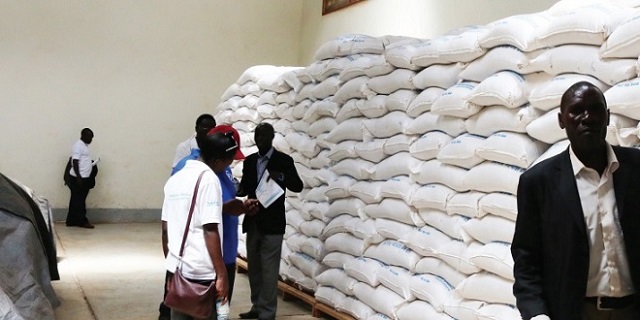
Kampala, Uganda | DICTA ASIIMWE | Days after it emerged that the number of Ugandans living below the poverty line has increased to levels last seen twenty years ago, debate amongst experts is raging.
But while the figures have raised eyebrows, experts say they are not overly surprised given the failure to industrialise, a high population growth rate and a limping agricultural sector that has over the years received minimal and ill-advised investment.
The new poverty figures are contained in the latest Uganda National Household Survey (UNHS). The number of people living below the poverty line, the survey shows, increased from 6.6 million four years ago to the current 10.1 million.
This 53 per cent increase means Uganda is back to where it was in 1997, when there were 9.8 million people living below the poverty line.
Several factors including low productivity have contributed to this situation, experts say. A recent study by the University of Denver on behalf of USAID shows that most of Uganda’s productivity is in urban areas, while rural districts where close to 80 per cent of the population live, are doing very little.
Joseph Muvawala the Executive Director of the National Planning Authority says Uganda has only experienced economic growth because the country liberalised the economy, controlled inflation and ensured a stable shilling. But, he adds, such interventions are no longer enough.
Due to these interventions, the service and construction sectors have been growing and spurring economic growth leading to little reduction in poverty, even if agriculture which employs majority of the population was under performing.
To return to the path of reducing poverty, economists say, Uganda would have to maintain economic growth at above 7 per cent. This has not happened since 2010. Matters are not helped by the fact that agriculture productivity, an important contributing factor, has been largely underperforming.
Information from the World Bank’s 2017 economic update shows that over the last seven years, agriculture has consistently grown at a rate lower than the country’s over 3 per cent population growth rate.
This makes the 69 per cent of the Ugandan households that survive on subsistence agriculture vulnerable to sinking further into poverty and explains the decline.
To have a meaningful reduction in the number of people living below the poverty line, Ezra Munyambonera the Head of the Macroeconomics department at the Economic Policy Research Centre (EPRC) says that Uganda and African countries will have to invest in increasing agriculture productivity through the use of fertilisers, investment in extension services, irrigation and storage facilities for when there is over production. Market systems have to also be structured to work for farmers.
 The Independent Uganda: You get the Truth we Pay the Price
The Independent Uganda: You get the Truth we Pay the Price


